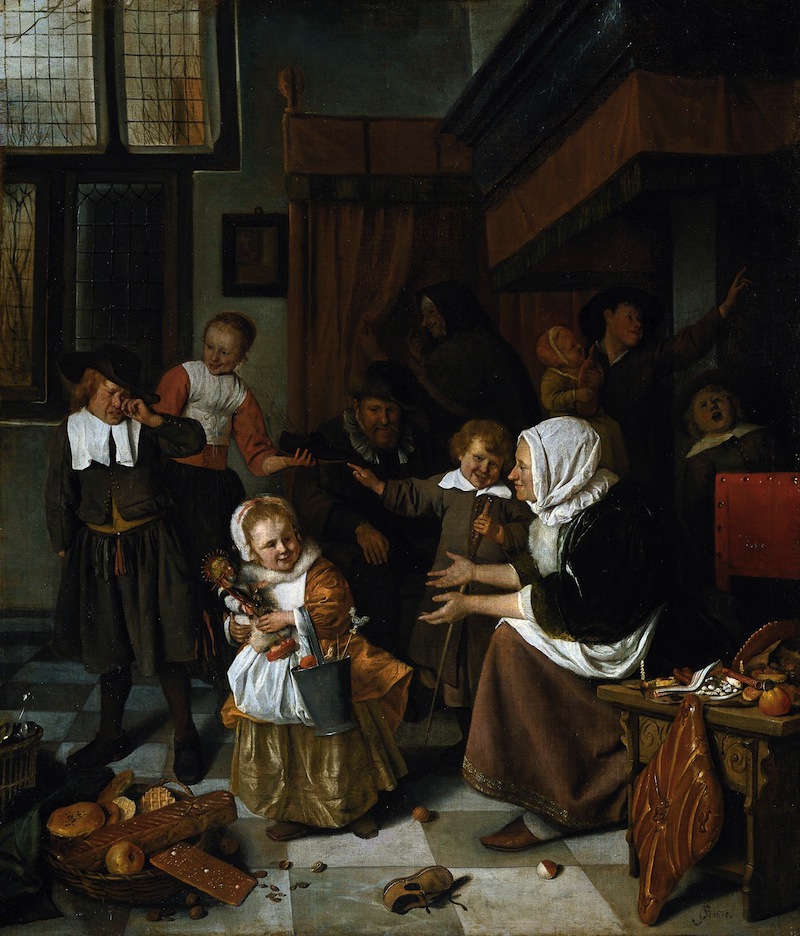The Art of the Commonplace
William Coleman
 I’ve been thinking of having my students keep commonplace books. In notebooks of their choosing, they would copy out passages and quotations that they encounter in the year to come that are seen to fit within predetermined topics (what the Greeks called topoi, or “places”) that we will cull from Renaissance-era teachers who popularized the practice (thematic places like “Fidelity," "Beneficence,” or "Gratitude”). They would also be free to write out their own thoughts, and to discover themes of their own naming as they find common places that writers, artists, theologians, and scientists inhabit, such as the ones W.H. Auden came upon in the making his commonplace book, which he later called A Certain World: “Prayer,” “Tyranny,” “Love,” “Friday, Good.”
I’ve been thinking of having my students keep commonplace books. In notebooks of their choosing, they would copy out passages and quotations that they encounter in the year to come that are seen to fit within predetermined topics (what the Greeks called topoi, or “places”) that we will cull from Renaissance-era teachers who popularized the practice (thematic places like “Fidelity," "Beneficence,” or "Gratitude”). They would also be free to write out their own thoughts, and to discover themes of their own naming as they find common places that writers, artists, theologians, and scientists inhabit, such as the ones W.H. Auden came upon in the making his commonplace book, which he later called A Certain World: “Prayer,” “Tyranny,” “Love,” “Friday, Good.”
The art of the commonplace was once considered essential for the formation of a writer’s sensibility and style; it brought his mind into the same space as the minds he admired; it forced his hand, when copying out others’ sentences, to move the way another’s did, and so taught him, even as he learned stylistic possibilities and alternative turns of thought, that his own sway was not supreme. What’s more — at least to the Renaissance writers who promoted the discipline — it became a storehouse of material for one’s own writing. Or, to liven the metaphor, as Erasmus did, in Latin, in his popular primer on the art of rhetoric, de Copia, “The student, like the industrious bee, will fly about through all the authors’ gardens and light on every small flower of rhetoric, everywhere collecting some honey that he may carry into his own hive.” Montaigne’s industrious work in the essay form retained the topical organization of his commonplace book (“Of Constancy,” “Of Idleness,” “Of Liars”). Milton, too, sought the language of common places. So did John Locke and Thomas Jefferson, Emerson and Thoreau, Oscar Wilde, Thomas Hardy.
The form has largely fallen out of favor in our time. I wonder if the ascendancy of journaling — which tends toward a chronological order and the explicitly autobiographical — has come to eclipse it. If so, I think it all the more reason to bring the commonplace back into view. It is an essential companion to autobiography, for it shows the values and ideas that animate the actions of the daily. In this way, the commonplace book can be as penetrating and revealing as any biography, which is perhaps why Auden —who famously disdained writer’s biographies (“Biographies of writers, whether written by others or by themselves, are always superfluous and usually in bad taste.”) — felt compelled to address the issue in a foreword to A Certain World. After admitting that what follows — a unique anthology of thoughts and images that struck him as worthy of note — forms “a sort of autobiography,” he quickly puts miles between himself and that term: the book, he says, is a “map of my planet.” The metaphor comes from G. K. Chesterton, whom he quotes:
"There is at the back of every artist’s mind something like a pattern and a type of architecture. The original quality in any man of imagination is imagery. It is a thing like the landscape of his dreams; the sort of world he would like to make or in which he would like to wander, the strange flora and fauna, his own secret planet, the sort of thing he likes to think about. This general atmosphere, and pattern or a structure of growth, governs all his creations, however varied.”
By deliberately seeking the places that are common — the shared space of minds across distance and time — we come to discover the richness of our own world. The growth of Chesterton’s garden depends on Erasmus’s bees.
(Painting by Jan Steen)